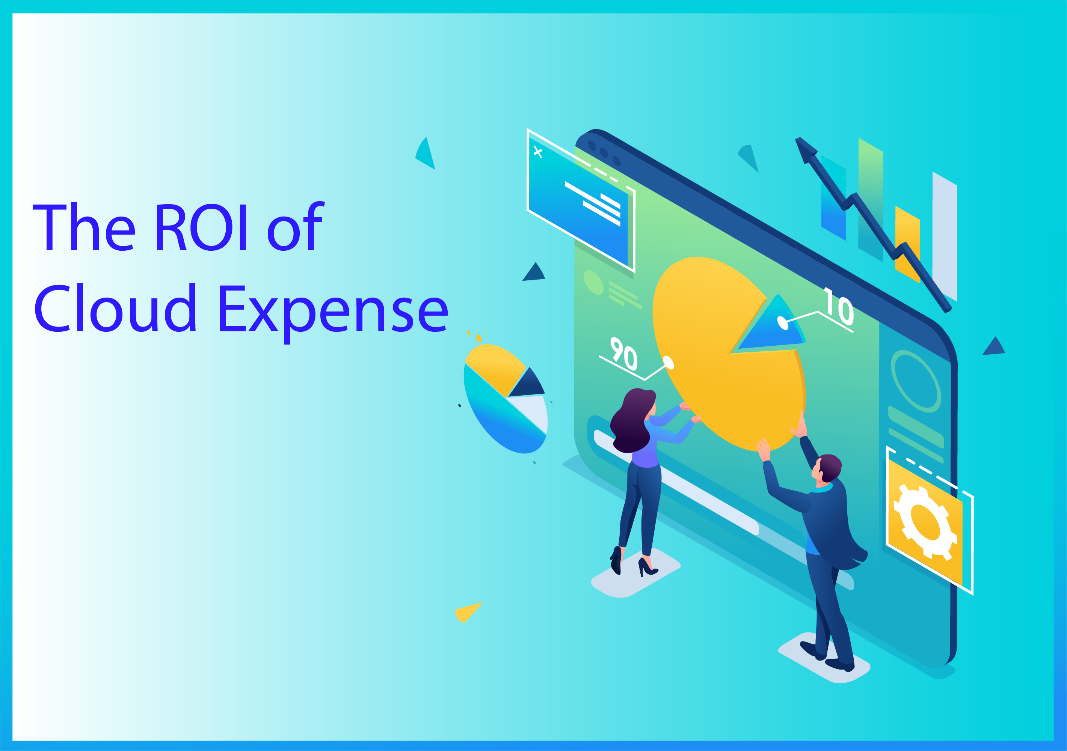Mastering Cloud Cost Management: The Modern Playbook for Profitability and Growth
The Critical Role of Cloud Cost Management in Business Success
In today’s fast-changing digital landscape, cloud cost management isn’t just about reducing expenses—it’s about maximizing efficiency and driving growth. With skyrocketing cloud costs, complex pricing models, and increasing multi-cloud adoption, businesses must gain full visibility into their spending while ensuring performance and scalability. Optimizing cloud costs isn’t optional, it’s essential for thriving in 2024 and beyond.

Why Cloud Cost Management is Non-Negotiable
Boost Profitability by Eliminating Waste
Every dollar saved on unnecessary cloud expenses is a dollar that
can be reinvested in innovation. By identifying underutilized
resources, redundant services, and inefficient configurations,
businesses can protect their margins—even in economic downturns.
Make Data-Driven Decisions
Visibility is power. Companies that monitor and analyze cloud
spending in real-time can make informed choices about resource
allocation, cost forecasting, and workload scaling—avoiding
unexpected budget overruns.
Enhance Operational Efficiency
Cloud waste isn’t just about money—it drains IT teams' time and
slows productivity. Automating cost management, refining
provisioning policies, and leveraging AI-powered analytics help
businesses scale efficiently without overpaying for resources.
Build a Resilient, Cost-Optimized Cloud Strategy
Unpredictability is the norm in cloud environments. A strong cost
management strategy acts as a financial safety net, enabling
businesses to pivot quickly, scale smartly, and maintain
flexibility without sacrificing stability.
Beyond Cost Savings: The Strategic Power of Cloud Cost Management
Competitive Advantage Through Cost Optimization
Companies that control cloud costs don’t just survive—they lead.
Lower expenses mean businesses can offer competitive pricing,
reinvest savings into AI, automation, and customer experience, or
scale operations more effectively.
Fuel Innovation by Eliminating Waste
Cloud cost management isn’t about cutting corners—it’s about
unlocking capital for growth. By optimizing cloud spending,
businesses can free up resources for emerging technologies, talent
acquisition, and new product development.
Leverage AI and Predictive Analytics for Smarter Spending
Harness AI-driven cloud analytics to predict usage patterns,
automate scaling, and identify savings opportunities before they
impact your bottom line. Proactive cloud cost management ensures
sustainable growth and scalability.
Real-World Wins: How Businesses Optimize Cloud Spending
Industry leaders like Netflix and Airbnb manage cloud costs
aggressively:
- Netflix uses auto-scaling and rightsizing to optimize infrastructure costs and handle fluctuating workloads efficiently.
- Airbnb leverages spot instances and cloud cost visibility tools to maximize efficiency while keeping cloud expenses under control.
- Example: A SaaS company reduced cloud expenses by 30% using automated cost monitoring and reinvested the savings into product innovation—leading to a 15% boost in customer retention.
The Ultimate Guide to Cloud Expense Mapping
Hidden cloud costs can silently drain resources. Cloud expense mapping isn’t just about tracking invoices—it’s a strategic process to expose waste and drive better financial decisions.
Why Cloud Expense Mapping Matters
- Uncover Hidden Costs – Identify idle instances, unused storage, and overprovisioned resources.
- Build Realistic Budgets – Categorize expenses (compute, storage, networking, SaaS subscriptions) to create a data-driven cloud budget.
- Turn Data into Strategy – Optimize reserved instances, leverage autoscaling, and negotiate enterprise discounts.
Step-by-Step Cloud Expense Mapping
- Gather Cloud Usage Data – Use tools like AWS Cost Explorer, Azure Cost Management, or GCP Billing Reports to analyze spending.
- Categorize Costs – Compute (VMs, containers), Storage (block, object), Networking (egress fees), and SaaS (third-party tools).
- Leverage Automation – Tools like Expensify or Tableau transform chaos into insights.
- Visualize Spending Trends – Create heatmaps or bar graphs to spot trends and anomalies.
- Review and Optimize Quarterly – Update your expense map as markets shift and priorities evolve.
The ROI of Cloud Expense Mapping
- A digital agency cut cloud costs by 25% by shutting down unused development environments.
- A fintech company saved $500K/year by rightsizing databases and optimizing reserved instances.
- A retail business eliminated 40% of redundant SaaS tools, freeing up budget for AI-driven analytics.

Unmasking Hidden Cloud Costs: Where Your Money Disappears
Common Cloud Cost Pitfalls
- Zombie Resources – Idle virtual machines, forgotten storage volumes, and abandoned databases.
- Redundant Subscriptions – Overlapping cloud services and SaaS tools drive up costs.
- Data Transfer Fees – Moving data across regions or clouds can significantly increase expenses.
- Misconfigurations – Overprovisioned instances and aggressive auto-scaling policies waste money.
How to Slash Hidden Cloud Costs
- Use Cloud Cost Management Tools – AWS Cost Explorer, Azure Cost Management, and other cloud-specific tools provide real-time insights.
- Automate Shutdowns – Terminate non-production environments during off-hours to cut waste.
- Right size Instances – Scale down overprovisioned resources to save up to 40%.
- Optimize Reserved Instances – Commit to long-term cloud usage for savings of up to 72%.
Example: A media company saved $1.2M/year by automating shutdowns for 500+ idle EC2 instances.

Mastering Cloud Budgeting in a Volatile World
Cloud budgets must be adaptive, not static. A viral traffic spike or unexpected downtime can cause costs to surge overnight.
Proven Cloud Budgeting Strategies
- Build Flexible Budgets – Reserve 10-15% for scaling costs and use auto-scaling to adjust resources dynamically.
- Monitor in Real-Time – Tools like CloudZero and others provide instant visibility into spending patterns.
- Leverage AI Predictions – Google Cloud’s Recommender suggests cost optimizations based on historical usage.
- Example: A streaming service saved $800K by aligning reserved instances with peak traffic hours.
Final Thoughts & Next Steps
Ready to take control of your cloud costs?
- Download our free cloud cost optimization guide to start saving today.
- Schedule a free cost audit with our experts to uncover hidden inefficiencies.
- Try our AI-powered cloud cost analyzer and see real-time savings.
Optimize today—profit tomorrow.
